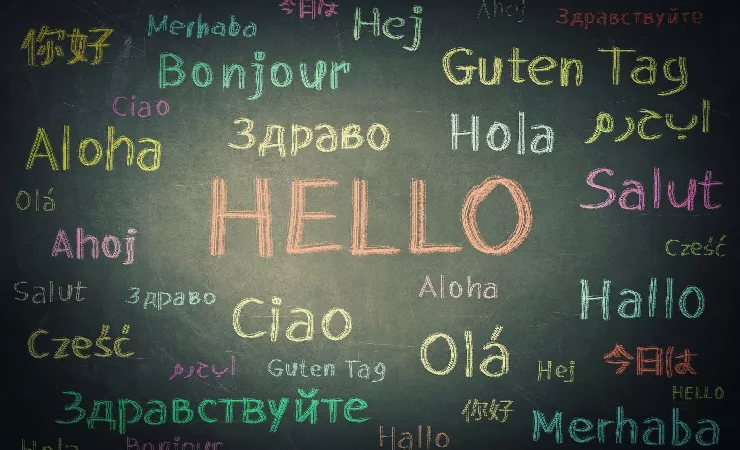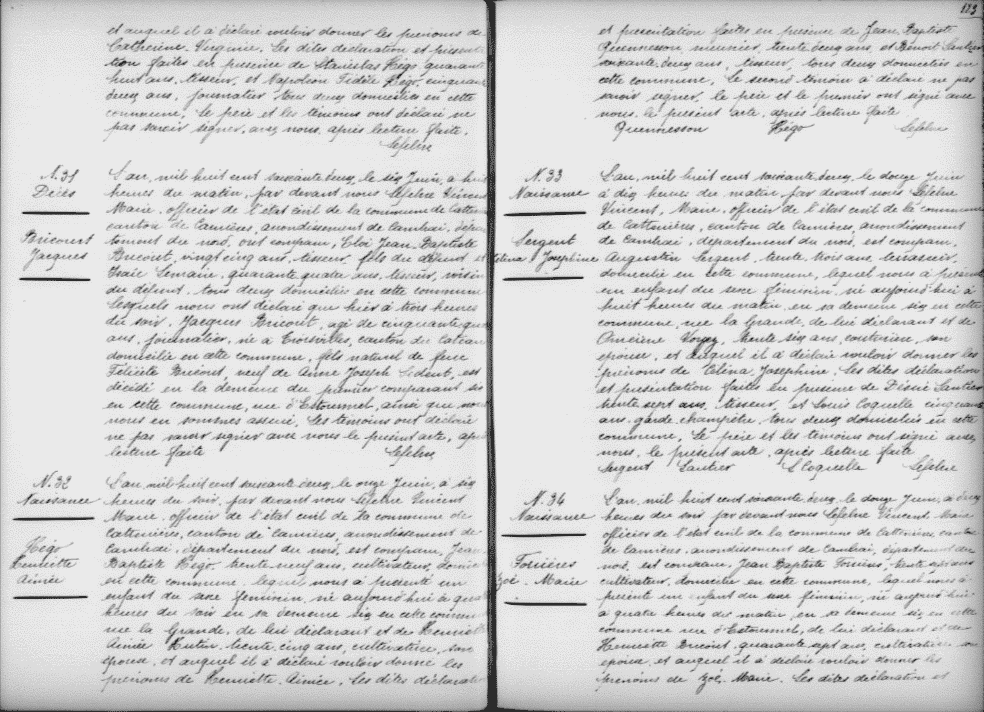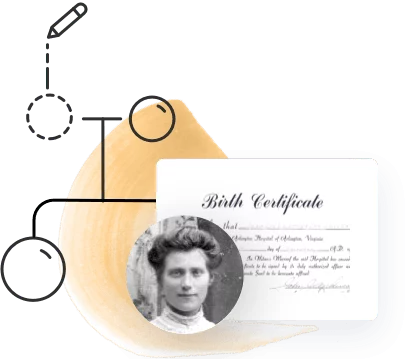
Unless your family has lived in the same place since time immemorial, sooner or later, you might slam into a brick wall in your research — no thanks to that elusive immigrant ancestor. Maybe you know where the ancestor came from, and maybe you even know where to look for records that might help you find the next generation back… but what do you do if those records are located in another country, in a language you don’t understand?
Language barriers can pose significant challenges to family historians trying to trace their ancestors in a different country. Fortunately, there are a number of tools and technologies available today that can help you overcome those barriers.
Here are a few tips for researching your ancestors in other languages.
1. MyHeritage’s Global Name Translation Technology™
MyHeritage’s Global Name Translation Technology™ is an innovative feature — exclusive to MyHeritage — that can be incredibly helpful to people with roots in other countries. The technology automatically identifies variations of the names you’re searching for, whether it’s a nickname, another version of the same name, or even the name written using a different alphabet. That means it can locate records mentioning your ancestors in places you may not even have known to look — and if the record is in a different language than yours, the technology transliterates the name back into your language so you can easily understand what it says.

Global Name Translation™ works both when you’re searching on the MyHeritage search engine and when the system is calculating Record Matches. That means that it can bring new insights from records in other languages directly to you — even ones you wouldn’t have thought to look for.
All you need to do to use Global Name Translation Technology™ is sign up for a MyHeritage account and start searching — or build or import your family tree and wait for the Record Matches to start coming in.
2. Online AI translation tools
Another easy hi-tech solution is to make use of online automatic translation services such as Google Translate. These services are improving all the time, and they’ve gotten quite good with common language pairs. Some can even scan and translate handwritten documents, though the accuracy of such tools is still not very high.
If you’re trying to search a database in another language, you can use these services to help you understand the interface, and you can plug in the name you’re searching for to be transliterated and then copy-paste it into the search form. It’s a bit of a crude method and has plenty of limitations, but it’s much easier and faster than finding a native speaker to consult or learning the language yourself!
3. Crowdsourcing
Thanks to the prevalence of online communities, crowdsourcing can be extremely effective. It’s only a matter of finding the right community — perhaps a social media group or forum for the hometown or region you’re focusing on. You can post scans of records on these groups and ask for help translating them, or you can ask if there are any native speakers who would be able to answer your questions or help run a search. Genealogists are a helpful bunch and you may be surprised at how quickly this gets you answers! You can always offer to return the favor in your own language.
4. Learning some basic genealogy terms
You may have doubts about your ability to learn a whole new language for research purposes, but the truth is, you don’t need to become fluent in it — not even close.
Most historical records are very structured and formulaic and don’t contain a lot of freeform writing. So if you simply learn to identify terms such as “date of birth,” “name,” “residence,” the terms for close family relationships, you’ll be able to understand most of the important information found in historical records.

How do you learn these basic terms? First of all, if the language is written in a different alphabet than the one you speak, it will help to learn to read that alphabet. You can easily find educational materials online to help you study Cyrillic or Greek letters, for example. Language-learning apps such as Duolingo or Memrise may also help. Once you have a grasp of the alphabet, you can search for a lexicon for common genealogy terms used in that language — or build one of your own by spending an hour or two with a dictionary and looking up common terms you come across.
Researching records in other languages may seem daunting, but with the help of some useful tools, online communities, and/or dipping your toes into the language the record is in, you’ll be well on your way to making exciting new discoveries about your roots in other countries.
Want to give Global Name Translation Technology™ a try? Start a search on MyHeritage now.





